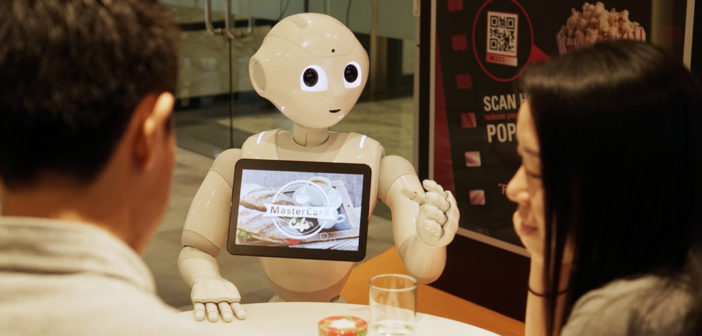Low power single chip Wi-Fi is expected to become the main connectivity technology for the connected domestic service robot market
The vigorous adoption of service robots is driven by performance upgrades in the appliances, especially in the domestic market, according to IHS Markit. Buyers and critics are not only looking for domestic service robots that perform well in a fundamental task, such as cleaning the floor as a vacuum cleaner, but also are watching for its ability to efficiently steer through a room.
A domestic service robot is defined as a robot that autonomously assists users in carrying out indoor and outdoor household chores. They are intended to help conduct regular household chores, entertain and educate, and provide safety and security for the house and its residents.
Connectivity technology is considered to be an additional perk in domestic service robots. Connectivity technology allows a user to remotely operate, monitor and track the status of these robotic appliances, and use them as a security substitute. Wi-Fi and wireless local area network (WLAN) are expected to remain the most popular connectivity technologies for domestic service robots through 2022.
Said Noman Akhtar, home appliances analyst for IHS Markit: “Low power single chip Wi-Fi is expected to become the main connectivity technology for the connected domestic service robot market.”
The robotic vacuum cleaner was the first category of domestic service robots to hit the market. Today, IHS Markit estimates over seven million units of domestic service robots are sold annually, including robotic vacuum cleaners, robotic floor cleaners, robotic window cleaners, robotic lawn mowers and robotic pool cleaners.
Three main factors affect the adoption of domestic service robots: better performance of the core task compared to first generation robotic appliances; leading edge technology for navigation, such as 3D mapping, obstacle detection, collision avoidance and low power connectivity; other marketplace dynamics, including product pricing, retail environment, promotions approaches adopted by suppliers and overall consumer interest in robotic technology.
Navigation and obstacle-avoidance technologies in domestic service robots have matured over the decades. The latest development in visual mapping and navigation technology includes use of a laser or a camera along with state of the art electronic components that enable domestic service robots to move around smoothly into tighter spaces.
Akhtar commented: “A flagship robotic vacuum cleaner can have up to thirteen types of sensors to aid in the efficient manoeuvring of the device inside a room. These cutting edge technologies allow the robotic vacuum cleaner to map the room, which determines the cleaning time as well as the exact location to resume after a battery recharge.”
A more advanced technology similar to navigation is being adopted amongst medical and care types of professional service robots.
Said Dinesh Kithany, senior principal analyst for home appliances at IHS Markit: “These professional service robots use collision avoidance technology. This allows medical and care and personal assistant robots to freely and effortlessly roam around an area without colliding with objects, human beings or pets.”





